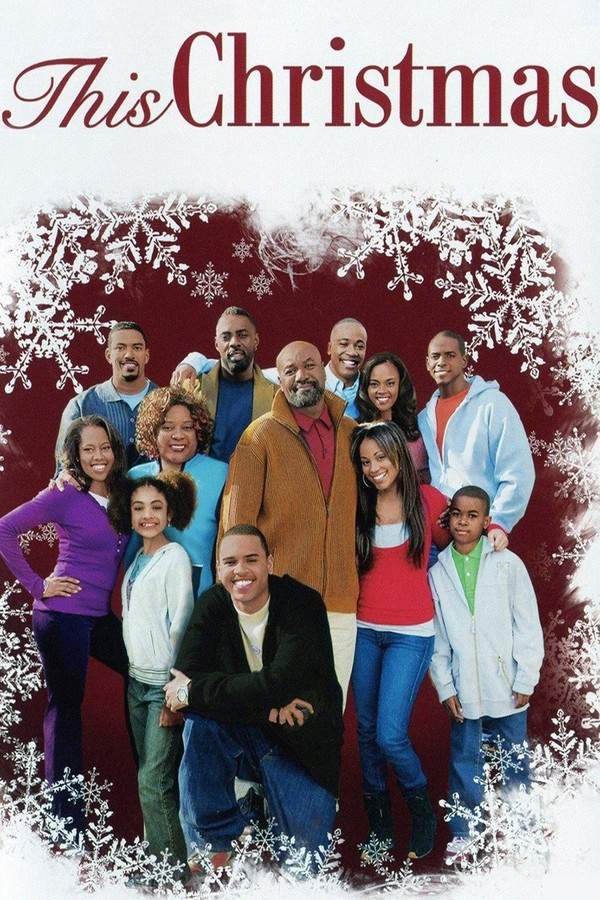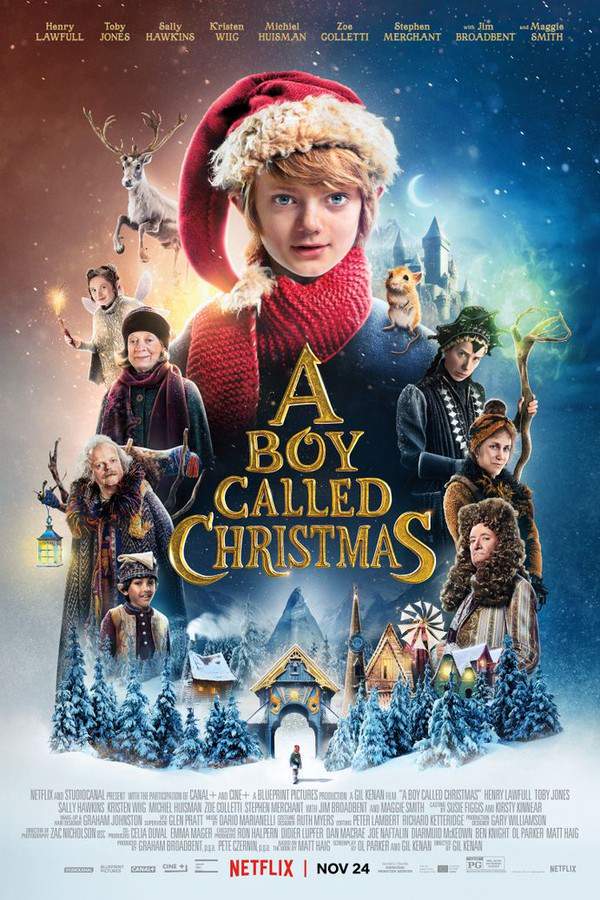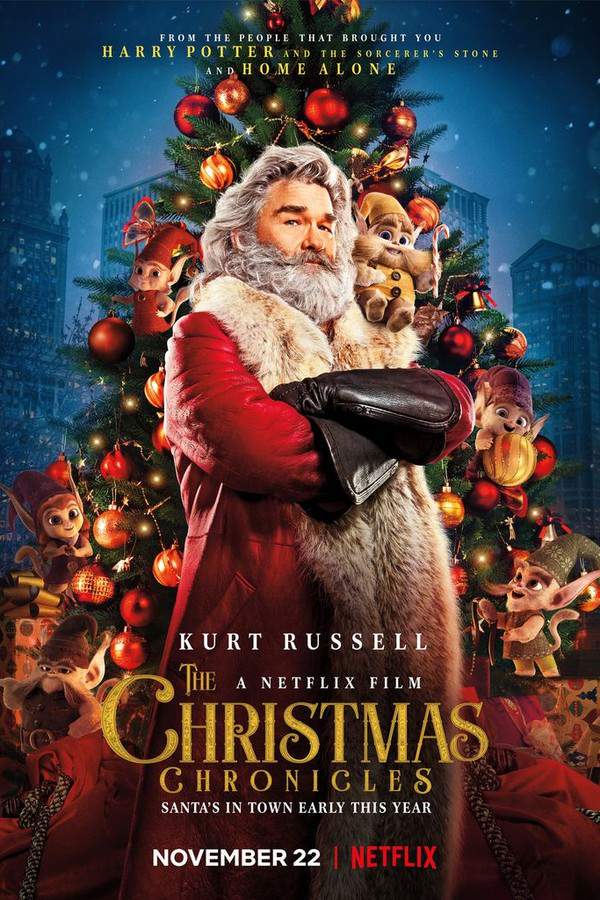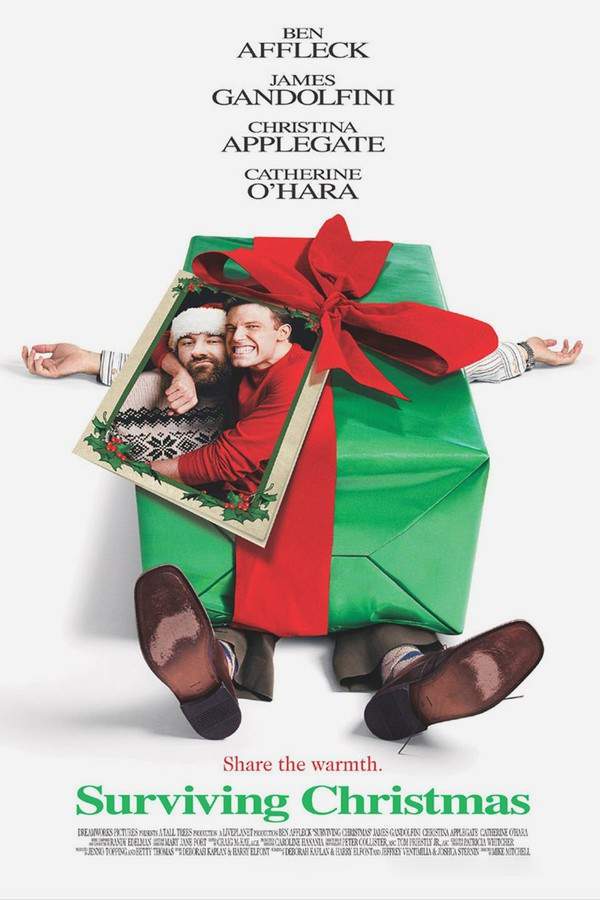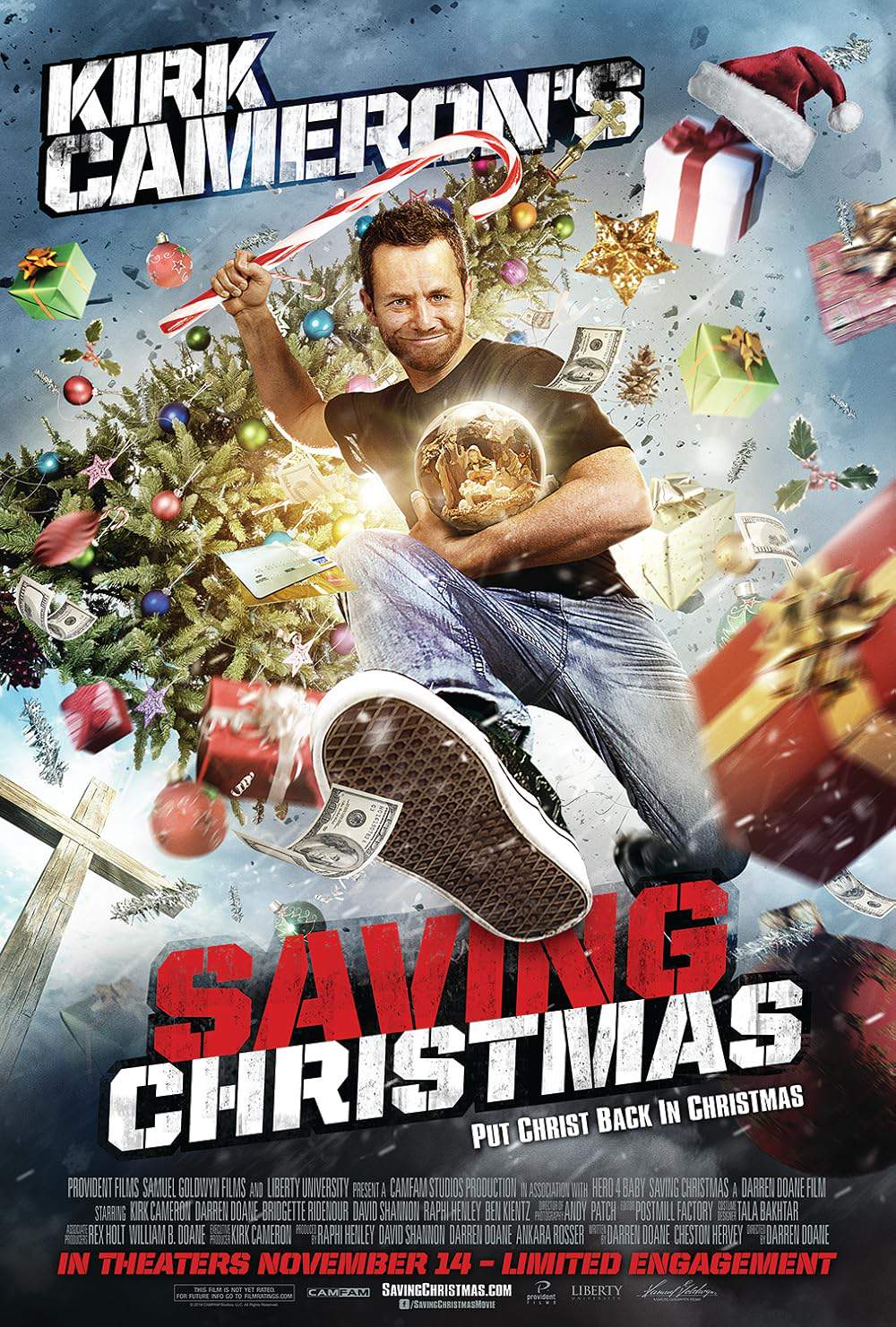Saving Christmas 2024
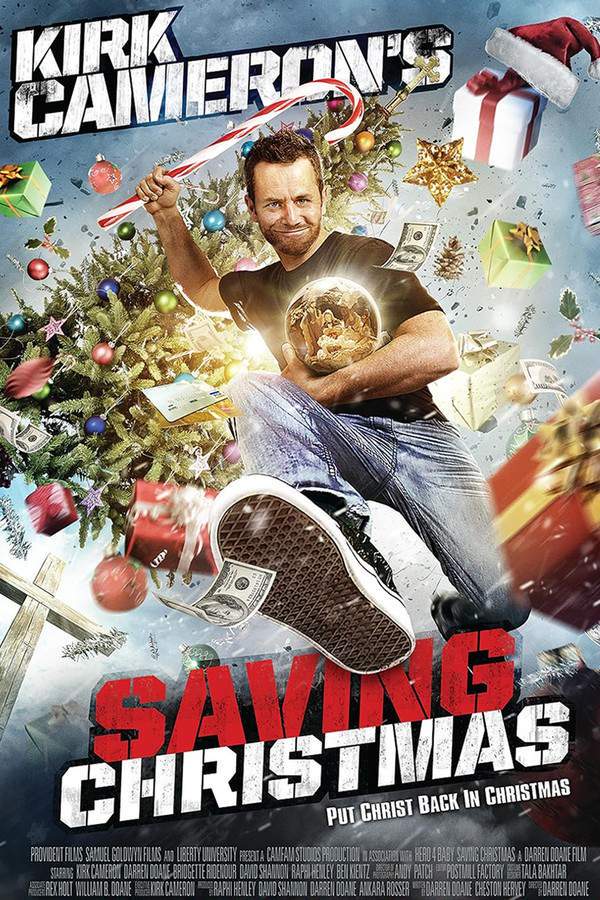
A cynical teenager named Nick is obsessed with receiving Christmas gifts and finds the holiday chores and family gatherings tiresome. In a moment of frustration, he wishes Christmas away, inadvertently causing the holiday to vanish from the world. Now the only person who remembers Christmas, Nick must embark on a journey to understand the true meaning of the holiday and restore it before it's too late.
Does Saving Christmas have end credit scenes?
No!
Saving Christmas does not have end credit scenes. You can leave when the credits roll.
Meet the Full Cast and Actors of Saving Christmas
Explore the complete cast of Saving Christmas, including both lead and supporting actors. Learn who plays each character, discover their past roles and achievements, and find out what makes this ensemble cast stand out in the world of film and television.
External Links and Streaming Options
Discover where to watch Saving Christmas online, including streaming platforms, rental options, and official sources. Compare reviews, ratings, and in-depth movie information across sites like IMDb, TMDb, Wikipedia or Rotten Tomatoes.
Take the Ultimate Saving Christmas Movie Quiz
Challenge your knowledge of Saving Christmas with this fun and interactive movie quiz. Test yourself on key plot points, iconic characters, hidden details, and memorable moments to see how well you really know the film.
Understanding Saving Christmas: Test your knowledge on the themes and events of 'Saving Christmas'.
Who is the main actor that portrays himself in the movie?
Kirk Cameron
Christian Slater
Kevin Spacey
Brad Pitt
Show hint
Full Plot Summary and Ending Explained for Saving Christmas
Read the complete plot summary of Saving Christmas, including all major events, twists, and the full ending explained in detail. Explore key characters, themes, hidden meanings, and everything you need to understand the story from beginning to end.
In a captivating framing sequence, the beloved actor Kirk Cameron takes center stage beside a warm and inviting fireplace, where he shares his heartfelt affection for Christmas. With a genuine tone, Cameron articulates his beliefs about what the holiday has become in modern times, voicing concerns that atheists are “attempting to take the holiday away” while declaring that the figure of Santa Claus is, at its core, a Christian character. He does not shy away from voicing criticism against certain fundamentalist Christians who have politically entwined the festivities with Pagan traditions, accusing them of diminishing the true essence of the holiday by associating it with materialism.
Moving to the core of the story, we find Cameron attending a lively Christmas gathering at his sister’s home. Here, he observes his brother-in-law, Christian, behaving differently from the other jubilant party-goers. When Cameron inquires about the reasons for Christian’s discontent, the latter expresses his feelings of unease regarding the rampant commercialization and consumerism that seems to overshadow the true spirit of Christmas. In a spirited discussion, Cameron responds with conviction, recounting the story of the Nativity—a tale that unfolds in charming cartoon illustrations that highlight its significance.
Within the vibrant atmosphere of the party, two guests engage in discussions surrounding conspiracy theories, but the focus remains on the familial interaction where Christian voices his concerns that certain Christmas traditions, especially the beloved Christmas tree, lack biblical support. Rather than dismissing his brother-in-law’s worries, Cameron confidently reassures him that Christmas trees are indeed a divine concept, constructed by God Himself. Drawing a powerful connection, he asserts that each tree symbolizes the Christian cross, compelling the audience to envision the cross every time they lay eyes on a Christmas tree.
Cameron further addresses Christian’s inquiries regarding the historical aspects of Christmas—its date and the pivotal role of the Three Wise Men. He cleverly links the Nativity narrative to Christ’s eventual crucifixion, suggesting that the swaddling clothes of baby Jesus foreshadowed the burial shroud, while delving into the meaning behind the gifts of frankincense and myrrh as ancient tools of preservation for dead bodies. To emphasize the seriousness of the Massacre of the Innocents, Cameron recommends placing nutcracker dolls around Nativity scenes as a stark representation of Herod’s soldiers.
Though Christian is persuaded by Cameron’s theological arguments, he then raises a noteworthy objection—that Santa Claus appears to have taken the place of Jesus as the holiday’s central figure. With a playful yet serious tone, he points out that “Santa” is an anagram for “Satan.” Rising to the challenge, Cameron delightfully narrates the saga of Saint Nicholas, including a dramatic reenactment of the First Council of Nicaea, where Nicholas is said to have vehemently challenged Arius for heretical teachings. In a humorous twist, Cameron claims that after the council, Nicholas became known for physically confronting other heretics—thus illuminating Santa Claus’s origins as merely a diluted narrative of Saint Nicholas. This newfound understanding fills Christian with joy as he gleefully declares, “Santa is the man.”
With a renewed perspective on the Christian foundations of Christmas, both Cameron and Christian return to the festivities, with Cameron boldly declaring that those who criticize the holiday for being overly commercialized are missing the mark. He passionately explains that because God manifested Himself in physical form, it is entirely appropriate and meaningful to celebrate the season with generous giving of gifts. Cameron intertwines his heartfelt message by stating that presents symbolize Jerusalem and that the act of giving is a reflection of what God has graciously bestowed upon humanity: a gesture of love.
As a final call to action, Cameron invites the audience to reclaim the religious significance of Christmas for future generations, urging them to do so “for our children.” In a heartwarming gesture, Christian orchestrates a captivating hip-hop dance performance as a surprise for his wife, set to the euphoric tune of “Angels We Have Heard on High.” The joyous moment culminates in a lively breakdance spectacle involving Cameron, Christian, and all the enthusiastic party guests. With a spirited conclusion, Cameron encourages everyone to come together for a festive feast and to remember that at its heart, Christmas is a glorification of God.
Uncover the Details: Timeline, Characters, Themes, and Beyond!

Coming soon on iOS and Android
The Plot Explained Mobile App
From blockbusters to hidden gems — dive into movie stories anytime, anywhere. Save your favorites, discover plots faster, and never miss a twist again.
Sign up to be the first to know when we launch. Your email stays private — always.
Watch Trailers, Clips & Behind-the-Scenes for Saving Christmas
Watch official trailers, exclusive clips, cast interviews, and behind-the-scenes footage from Saving Christmas. Dive deeper into the making of the film, its standout moments, and key production insights.
Saving Christmas Themes and Keywords
Discover the central themes, ideas, and keywords that define the movie’s story, tone, and message. Analyze the film’s deeper meanings, genre influences, and recurring concepts.

Unlock the World of Movies with Our Comprehensive Wiki
Dive into our Movie Wiki for in-depth film encyclopedia entries, including cast biographies, production trivia, plot synopses, behind-the-scenes facts, and thematic analyses. Whether you’re researching iconic directors, exploring genre histories, or discovering hidden easter eggs, our expertly curated movie database has everything you need to fuel your cinematic passion.

Similar Movies To Saving Christmas You Should Know About
Browse a curated list of movies similar in genre, tone, characters, or story structure. Discover new titles like the one you're watching, perfect for fans of related plots, vibes, or cinematic styles.
Quick Links: Summary, Cast, Ratings, More

What's After the Movie?
Not sure whether to stay after the credits? Find out!
Explore Our Movie Platform
New Movie Releases (2025)
Famous Movie Actors
Top Film Production Studios
Movie Plot Summaries & Endings
Major Movie Awards & Winners
Best Concert Films & Music Documentaries
Movie Collections and Curated Lists
© 2025 What's After the Movie. All rights reserved.












